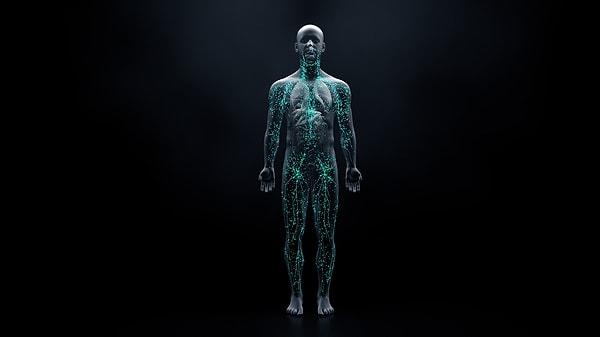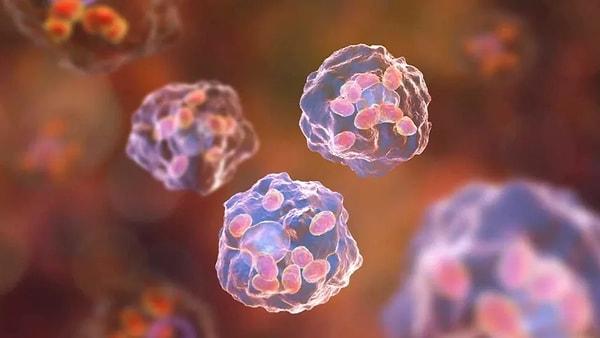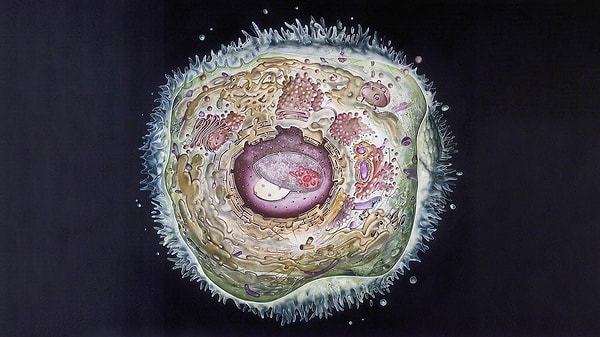How Many Cells Do We Have in Our Bodies? Women vs Men
The human body boasts an astonishingly intricate structure, and the number of cells that constitute this complexity is equally remarkable. Ranging from brain cells to blood cells, skin cells to stem cells, each cell type is intricately tuned for specific functions that sustain and enable our lives. The question then arises: What is the exact count of these cells? Delve into the intricacies of cellular composition and discover how the number of cells differs between men and women, unraveling the fascinating intricacies that define our bodily existence.
According to a recent analysis of over 1500 scientific articles, an average adult male is found to have 36 trillion cells, while an average adult female has 28 trillion cells.

Even in a 10-year-old child, there are approximately 17 trillion cells. In essence, we have a vast number of cells in our bodies.
Despite variations in quantity, the sizes of cells remain consistent between men and women.

Researchers collaborating from institutions in Germany, Canada, Spain, and the USA discovered that the total mass of the smallest cells is nearly equivalent to the combined mass of larger cells.
In their articles, the researchers noted, 'Cell size and number imply a balance at the organism level and the existence of cell size homeostasis among cell types.'
To arrive at these conclusions, the team conducted a comprehensive review of previously published data.

They examined what types of cells exist, how many of each type there are, as well as their mass and size. Identifying over 1200 different groups, including 400 known cell types in 60 tissues, they utilized anatomical models of an adult male, an adult female, and a child. Subsequently, they estimated the total cell count for each body type.
The relationship between cell size and number, as formally examined across the entire human body here, had not been previously explored in scientific research.

Eric Galbraith, one of the study's authors, remarked, 'You might assume we have an average cell size and that we are mostly made up of this average cell size. But in reality, this is not true.'
The underlying developmental mechanisms behind this phenomenon are still unknown, and many questions remain unanswered.

A reverse relationship between cell size and number appears to exist; we have fewer large cells, and to maintain balance among cell types, we have a greater number of smaller cells.
"In our bodies, the total mass of very small cells is equivalent to the total mass of very large cells, and all the cell sizes in between."

The authors conclude, 'Our holistic perspective on cell size and number identified significant knowledge gaps that could have health implications, one of which may be the total body lymphocyte count. They could also influence what we know about cell growth and proliferation.'
Keşfet ile ziyaret ettiğin tüm kategorileri tek akışta gör!


Send Comment